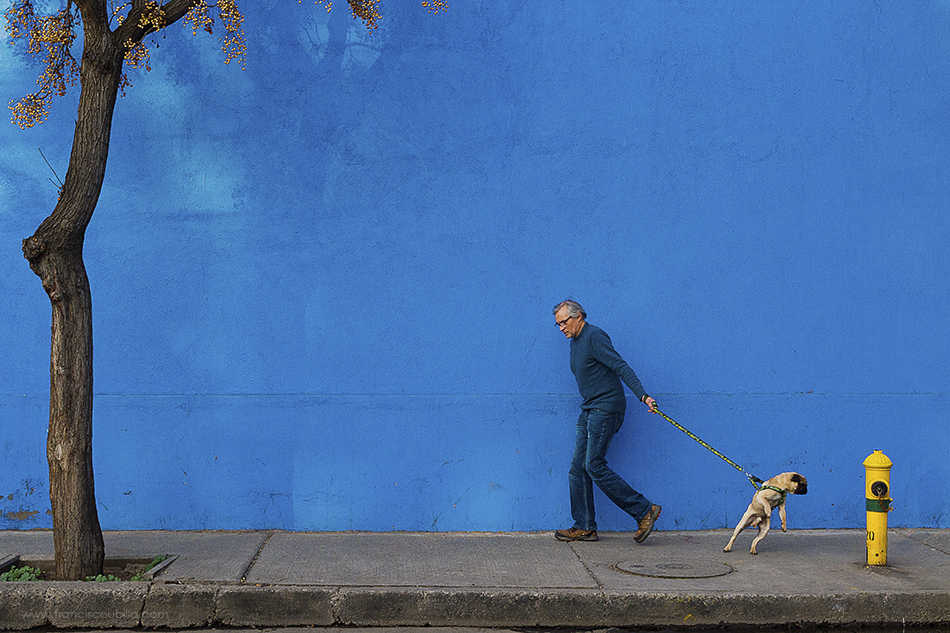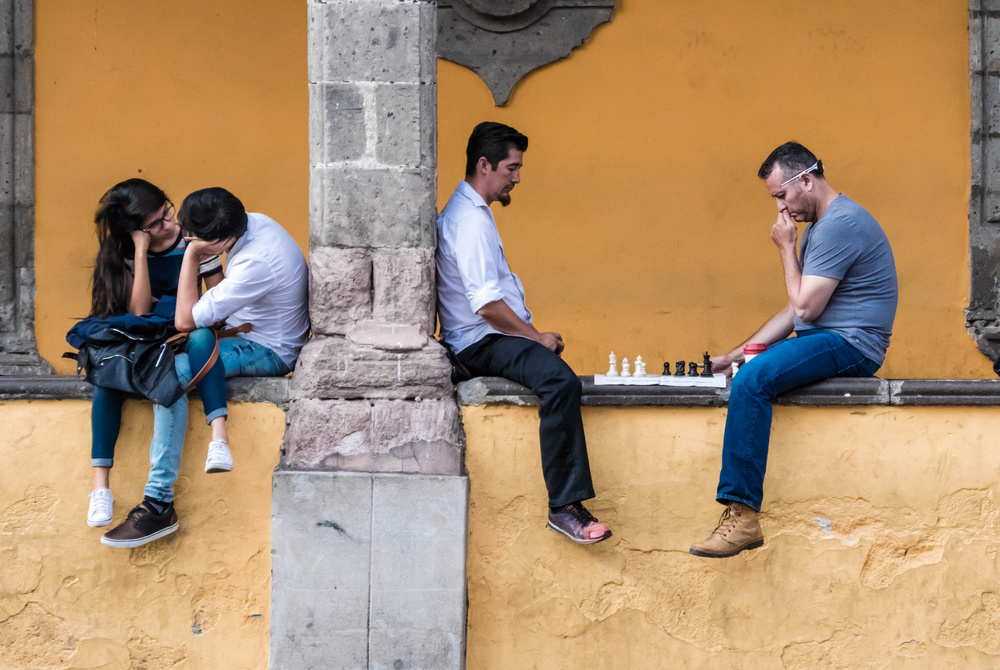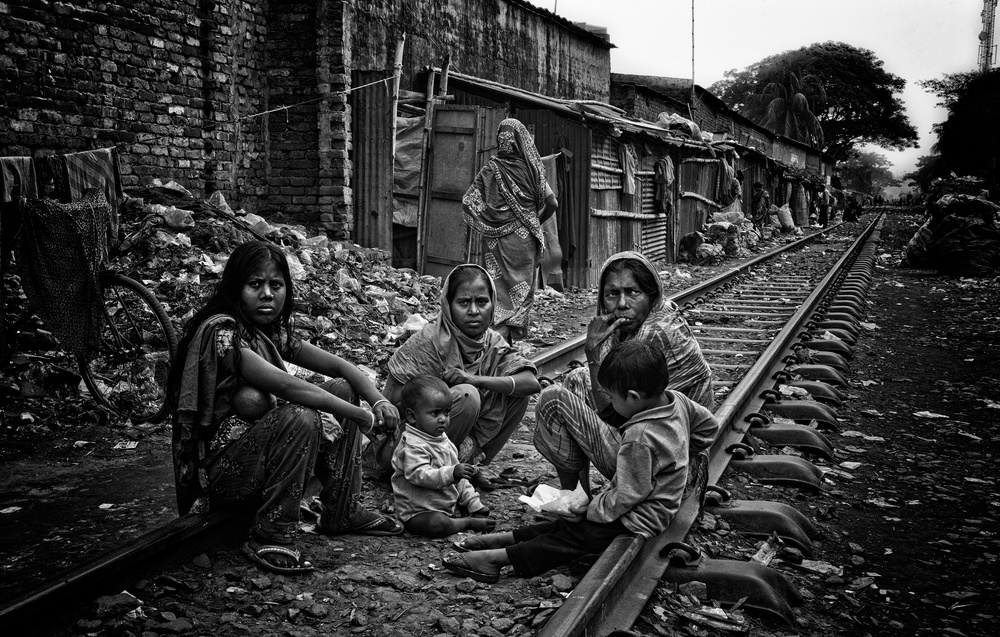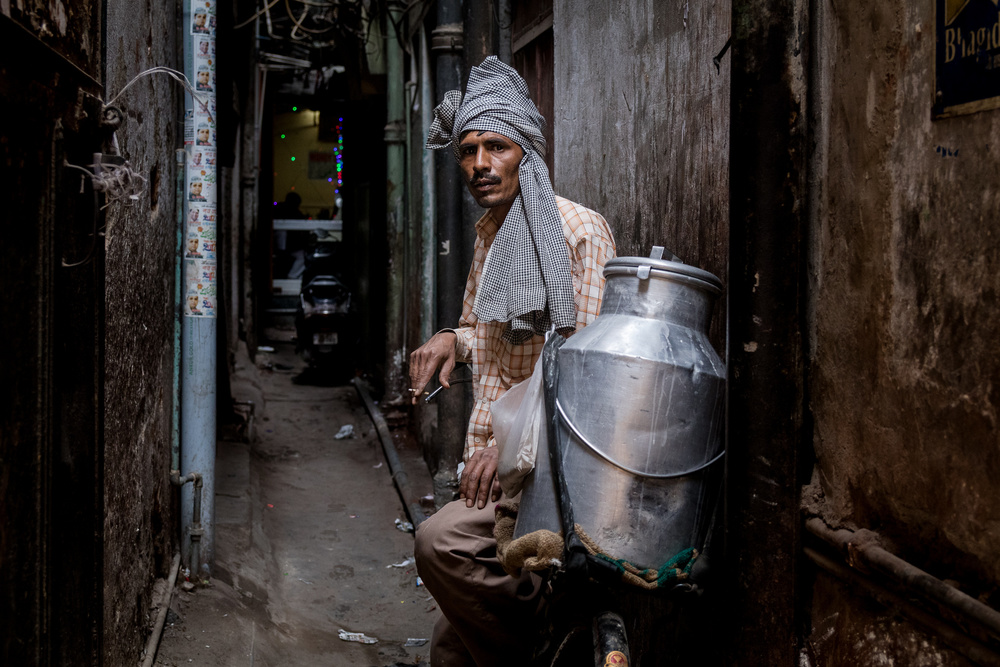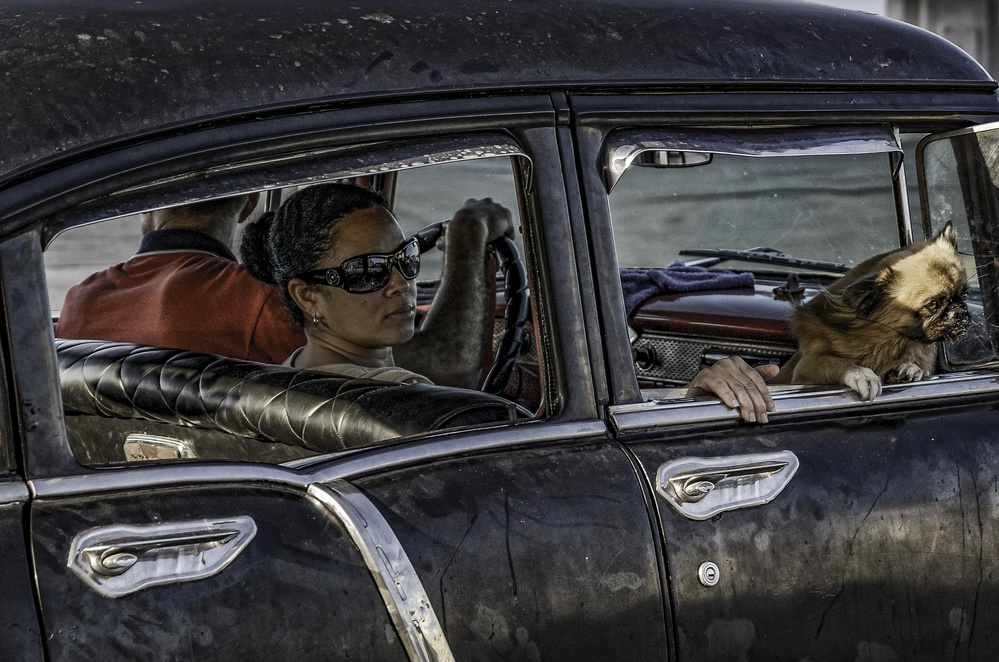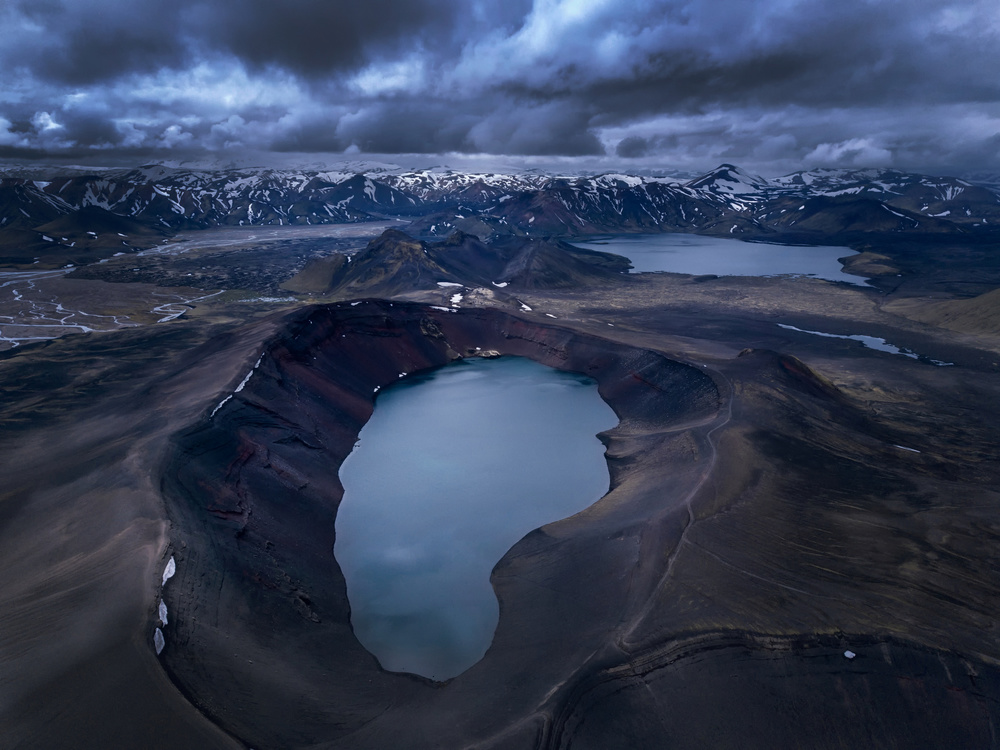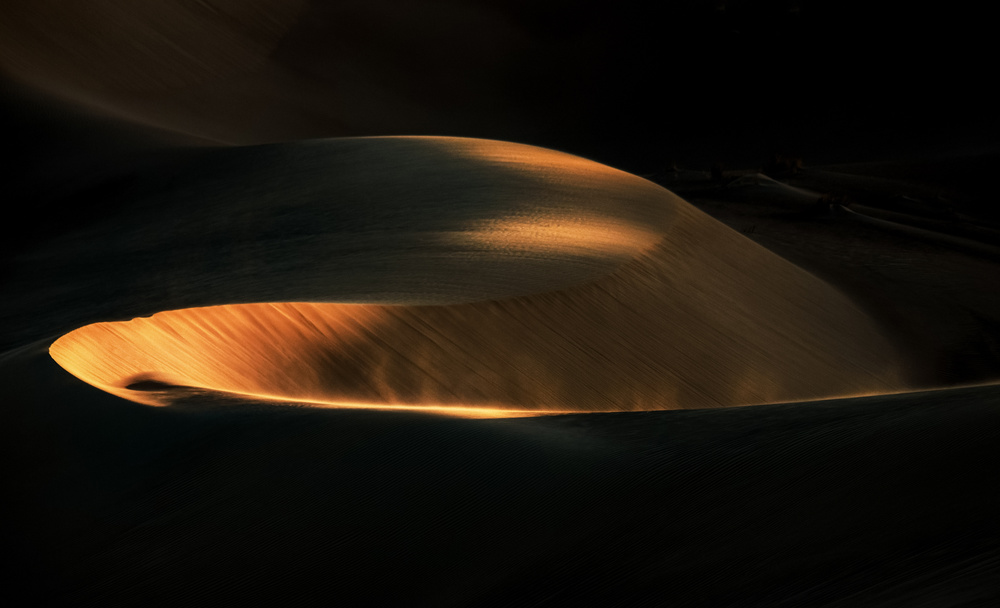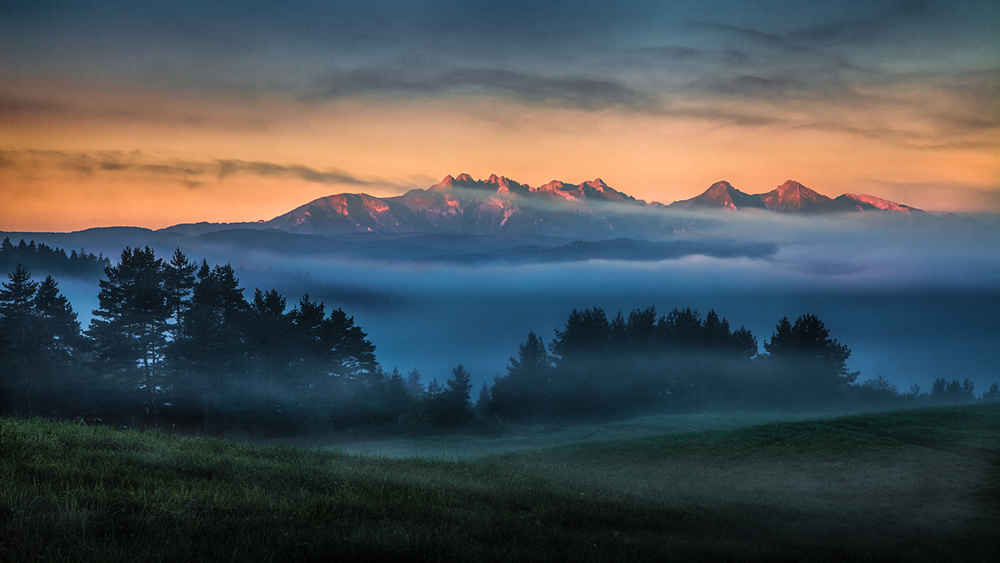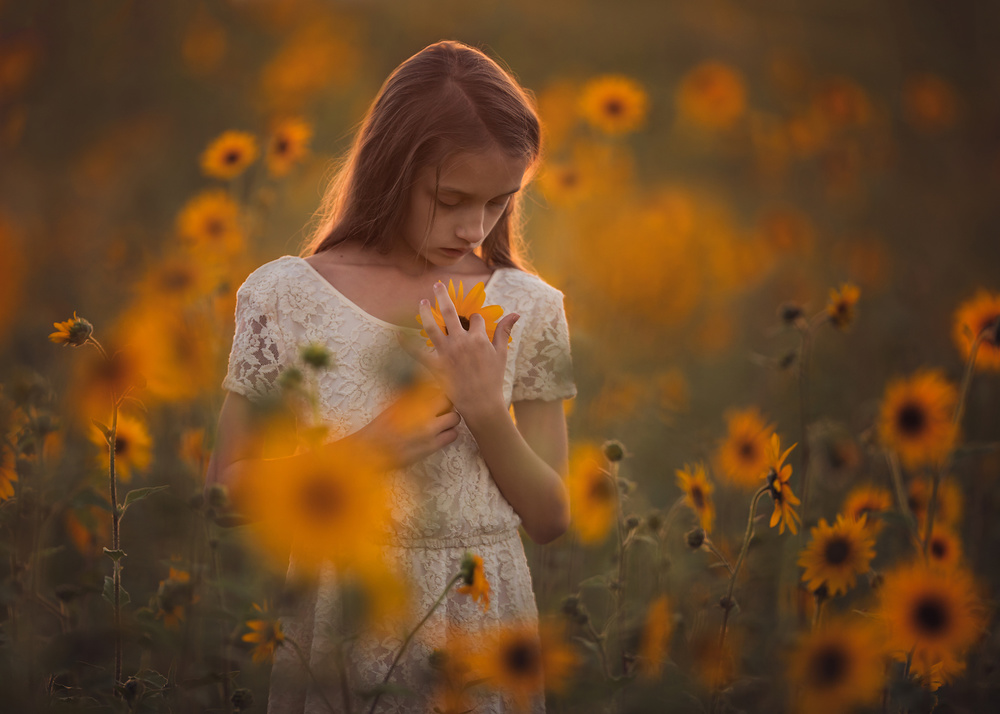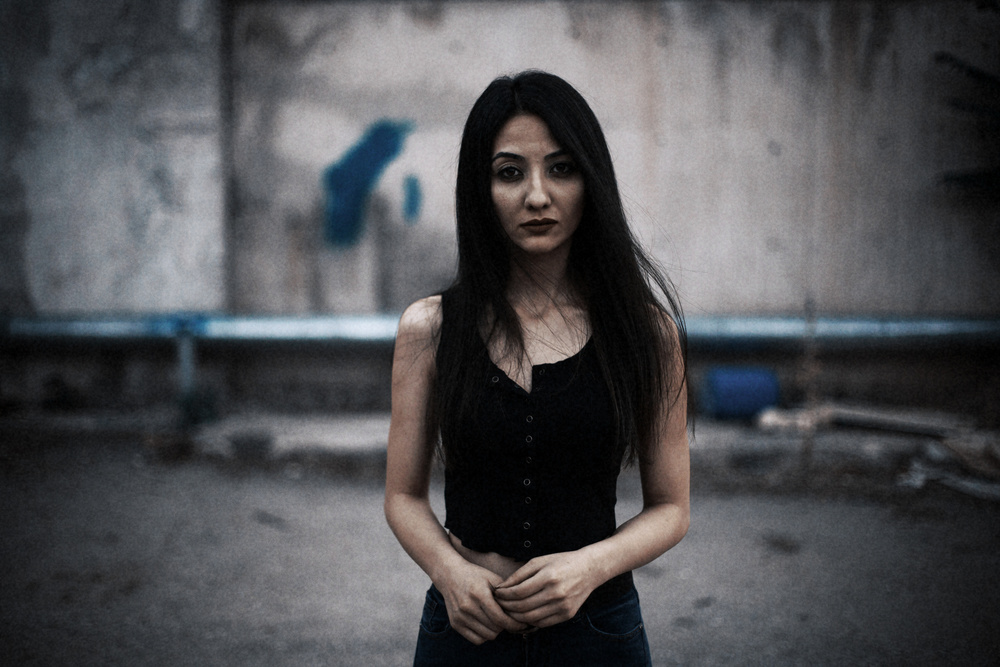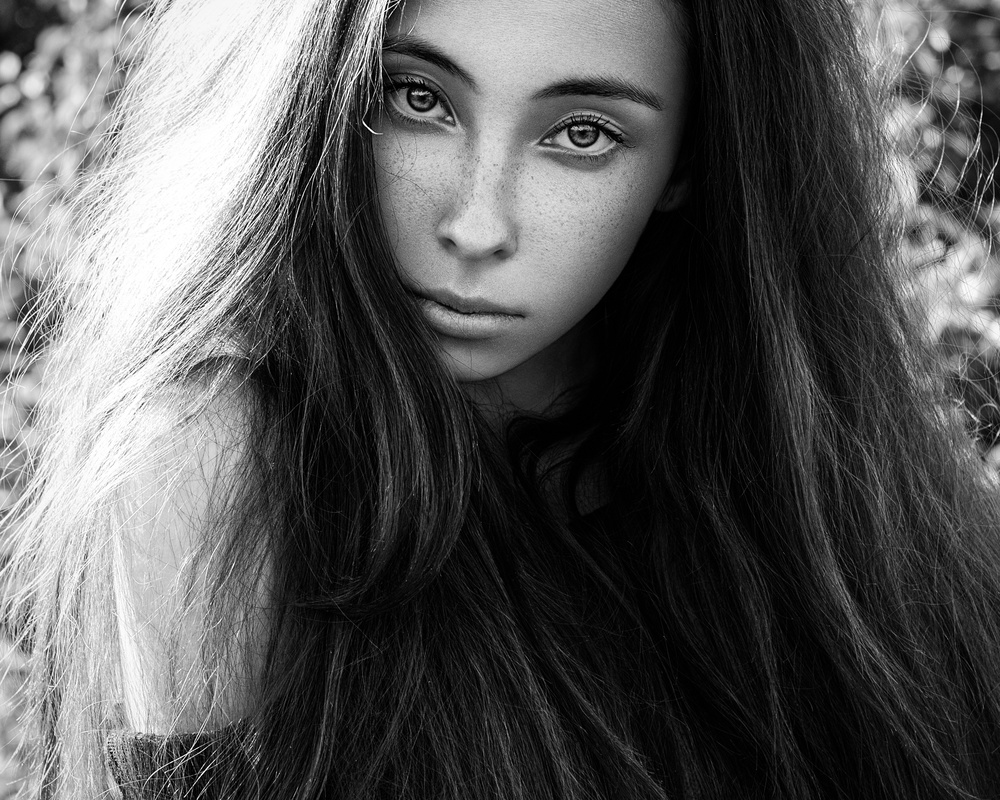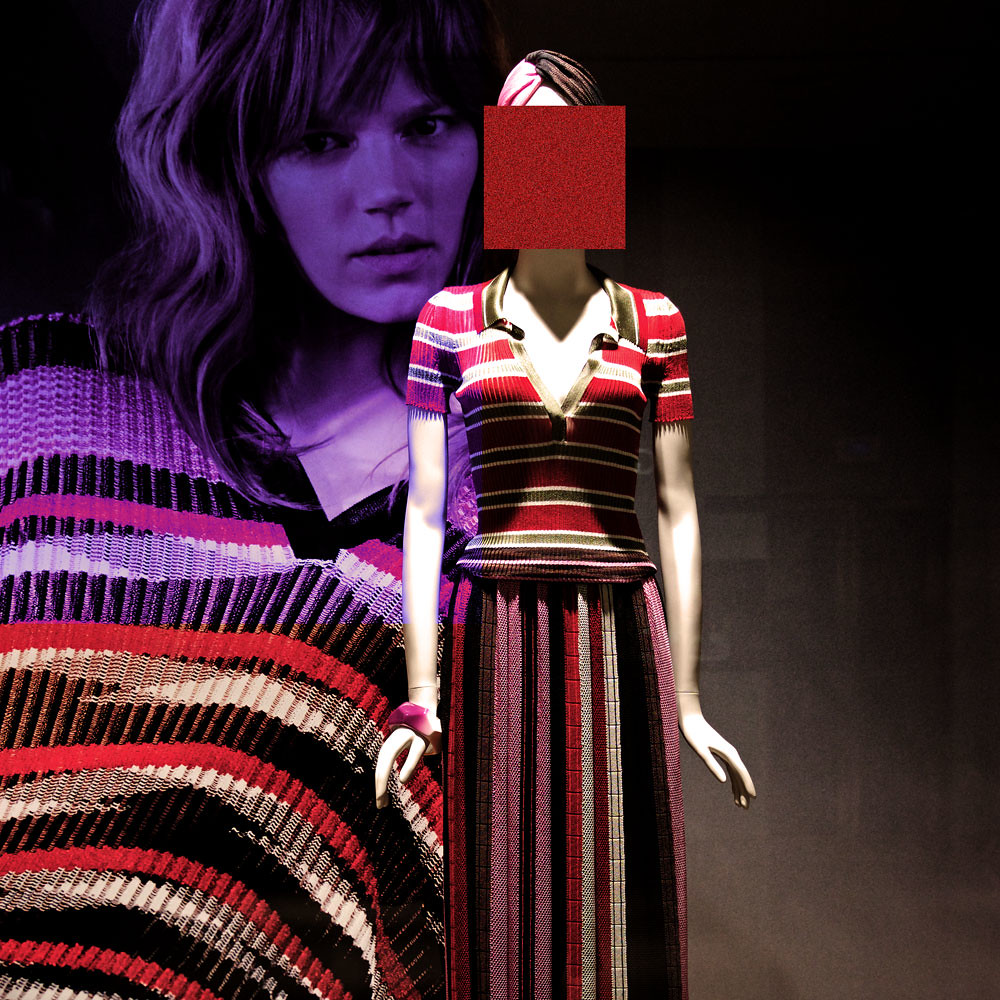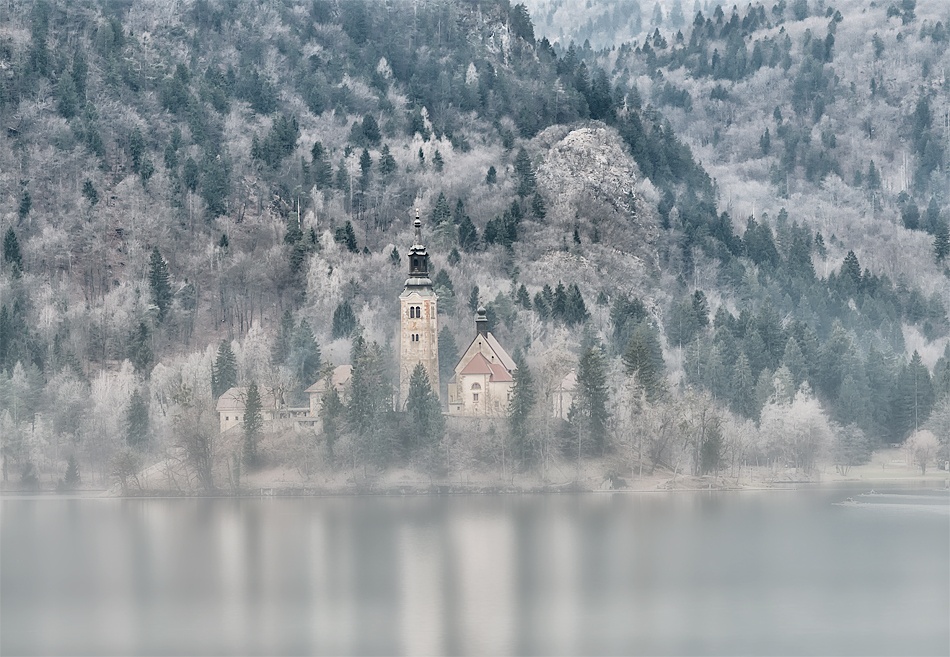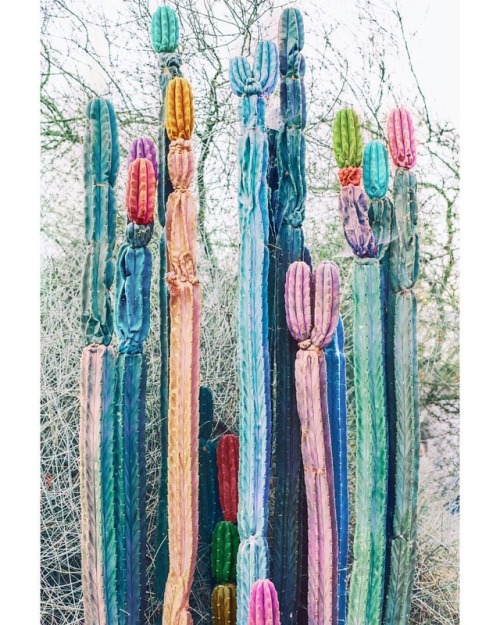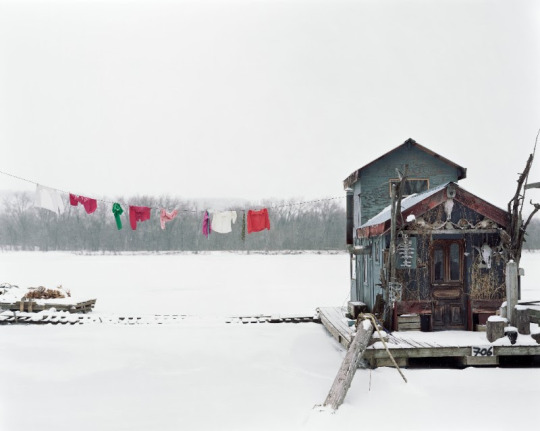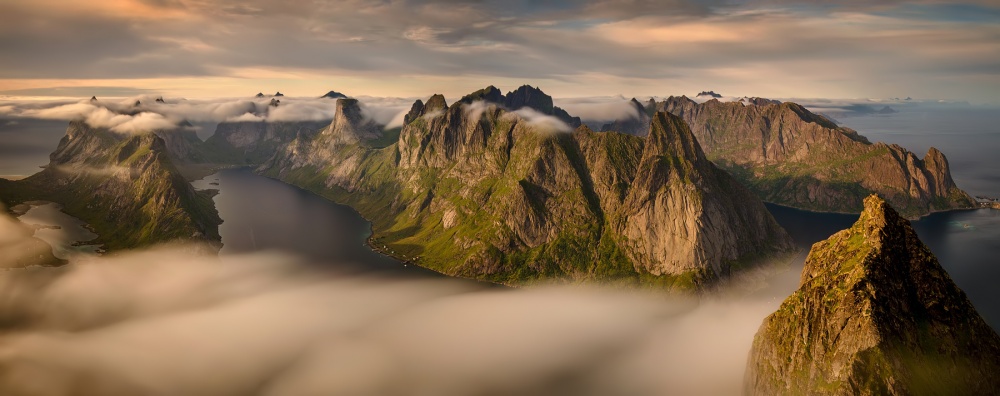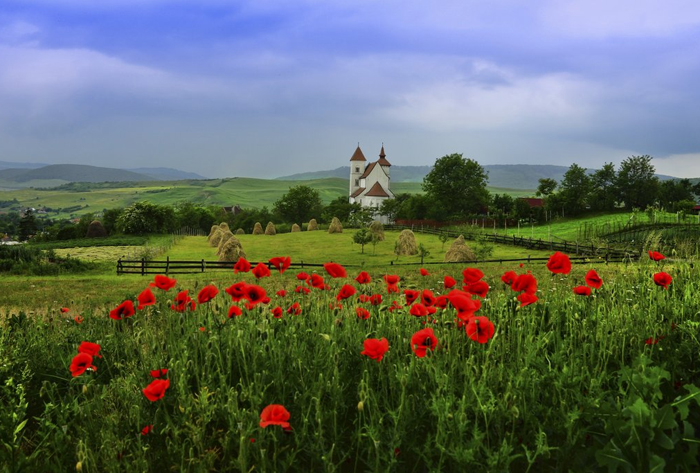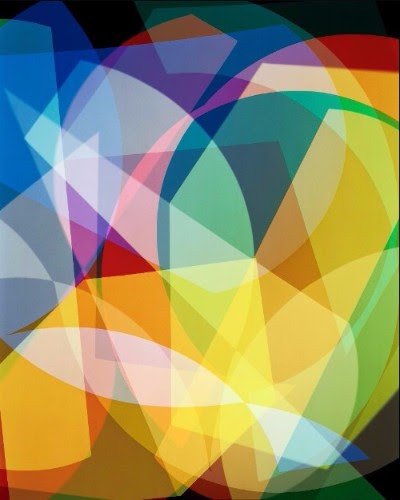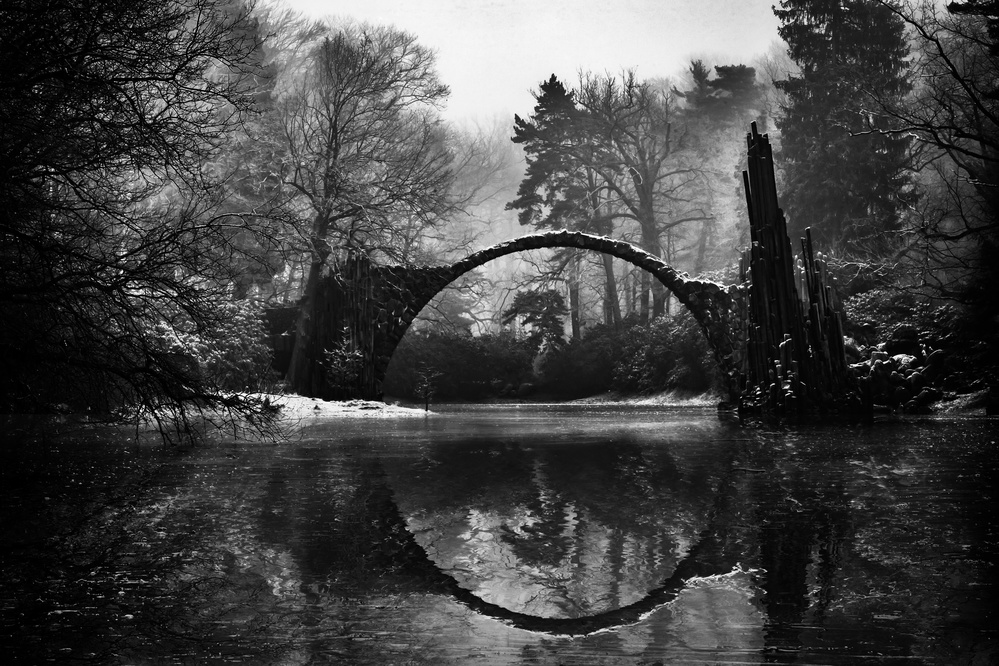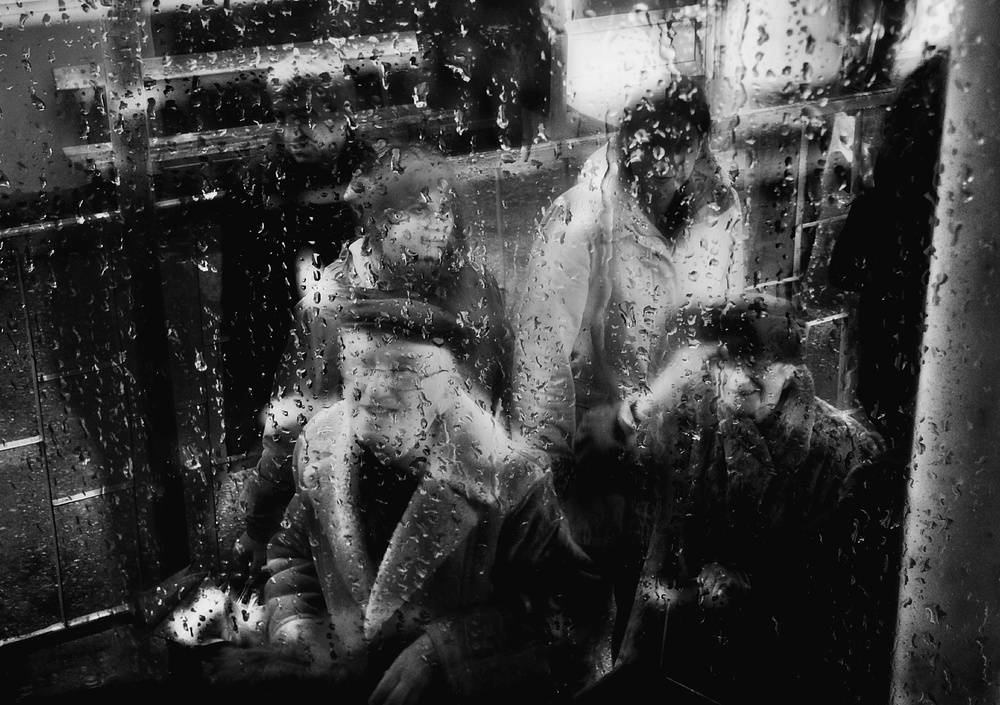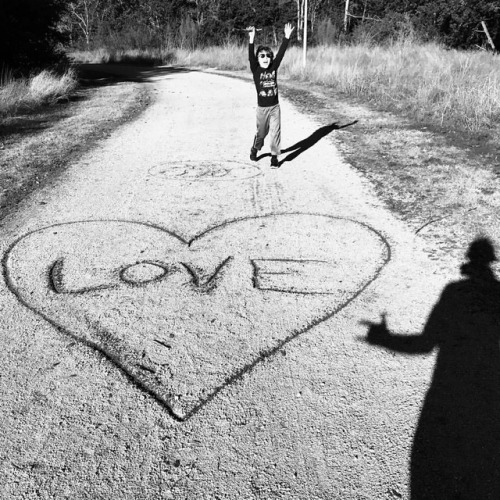Photographers
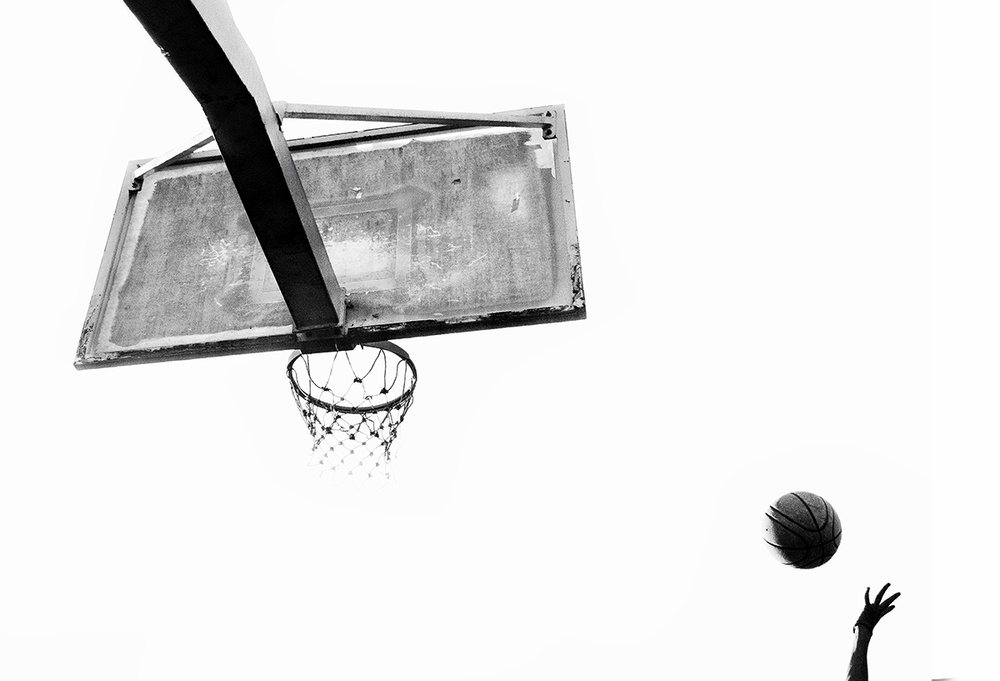
Strong story telling photography
1x Blog-PhotographersAs a UK camera club judge, I’m often invited to explain how I evaluate images. My answer includes good technical quality, appropriate composition and creativity in execution. But the most significant element, and one which I often feel receives insufficient importance, is the need for a strong storyline.
Not everyone may agree but for me, the forethought and planning which goes into a well-executed purpose for taking the picture can increase the interest and intellectual value of the work. The thoughtful viewer will linger longer over the image, will take satisfaction from having understood the message. When so much imagery receives just a few seconds of attention, it has to create immediate impact. A picture which makes the viewer work at understanding the content, will often prove ultimately more rewarding to the photographer and audience alike.
But what constitutes a strong story? How can a landscape tell a story? Or a portrait? For sure, the idea of story is going to vary depending on the category of photography.
To start with some easy examples from the 1x archive, the idea of story in this basketball picture is very obvious and makes it more powerful by the simplicity of the shapes and reversion to black and white.
And here, the story of the dog attracted by the colourful fire hydrant rather than the expected tree has a humorous element.
In the following image, the story is about generational differences which the photographer indicates also through the title: ‘Adjacent Worlds’
Travel
Travel is a category which is all about telling a story because the essence of a good travel image is about conveying a sense of time and place. Although when one is ‘at home’ the same images may also fall into the categories of portrait, street or landscape. Looking through the 1x archive we see:
This family with young children living in a slum setting on a railway line needs little further comment. The image is strengthened by reducing to line, shape and texture with a black and white conversion with the family dominant in the centre of the scene.
The morning worker delivering milk in a poor business district in what the title tells us is ‘Old Delhi’ conveys the sense of everyday life in that location. In this case, the photographer has allowed him/herself to be noticed and there’s a certain element of hostility in the face of the man which changes the story. As a photographer, one should always be aware of the effect of one’s presence on the image: in fact, there are two persons in this picture.
To take a different kind of image, we see what appears to be a reasonably well-to-do lady with designer sunglasses and designer dog with a man in the front seat who looks more like a taxi driver than a friend or husband. The car looks old and dirty so there are a number of contradictions about this image. But the title makes it clearer: Malecon is the main coastal road in Havana, so the cars are going to be old and that dirt is probably sand.
Landscape
In landscapes, the story is often about the mood or emotive content of the scene. The pendulous clouds in this image hang oppressively over the expansive vista. The eye is led into the image by the walls of the crater lake in the foreground and the overall tone of the image is sombre with muted colours.
Conversely, in this image, the story is all about that line: what is it and what formed it with just sufficient illuminated areas to show that it is a wind-blown desert scene, explained with the sand blowing up in the foreground and the neat lines down the slope all pointing in the same direction.
In this classic dawn scene, the cool night air has allowed mist to form in the low lying land areas whilst the sun rises with orange hues in the background, creating a contrast with the green grass in the foreground. The story is about the awakening of a new day: a promise of beautiful weather. The lines of the clouds, echoed by the lines of the mountains, mist trails and foreground landscape are consistent with the relatively wide landscape crop which emphasises the sense of space.
Portrait
Lastly, portraits can be the hardest category of photography in which to convey story. This image is a classic ‘girl back to nature scene’ where the story elements include the restricted colour palette, the simplicity of the girl’s dress and the concentration on the flowers.
Continuing with the theme of contextual surroundings, this girl is in a stark urban setting and the hard unfriendly stare combined with her simple black top and jeans indicate a relatively poor and unwelcoming neighbourhood. Again the photographer is part of this image. He or she has been accepted for the moment in order to take the picture but one gets the sense that they will move on quickly. A grainy texture and high contrast add to the mood.
Where there is little background or context to the portrait, the story must come from the implied character of the subject. The little background that we can see, combined with the strong directional light indicates an outdoor setting, though the photographer has used even flat lighting for the face as shown by the extended catchlights in the eyes resulting in few shadows. The extreme crop across the top of the head focusses attention on the eyes which are staring directly at the photographer: challenging and independent in spirit. The unruly hair which frames the face adds to the story that this girl won’t be easily led.
. '

